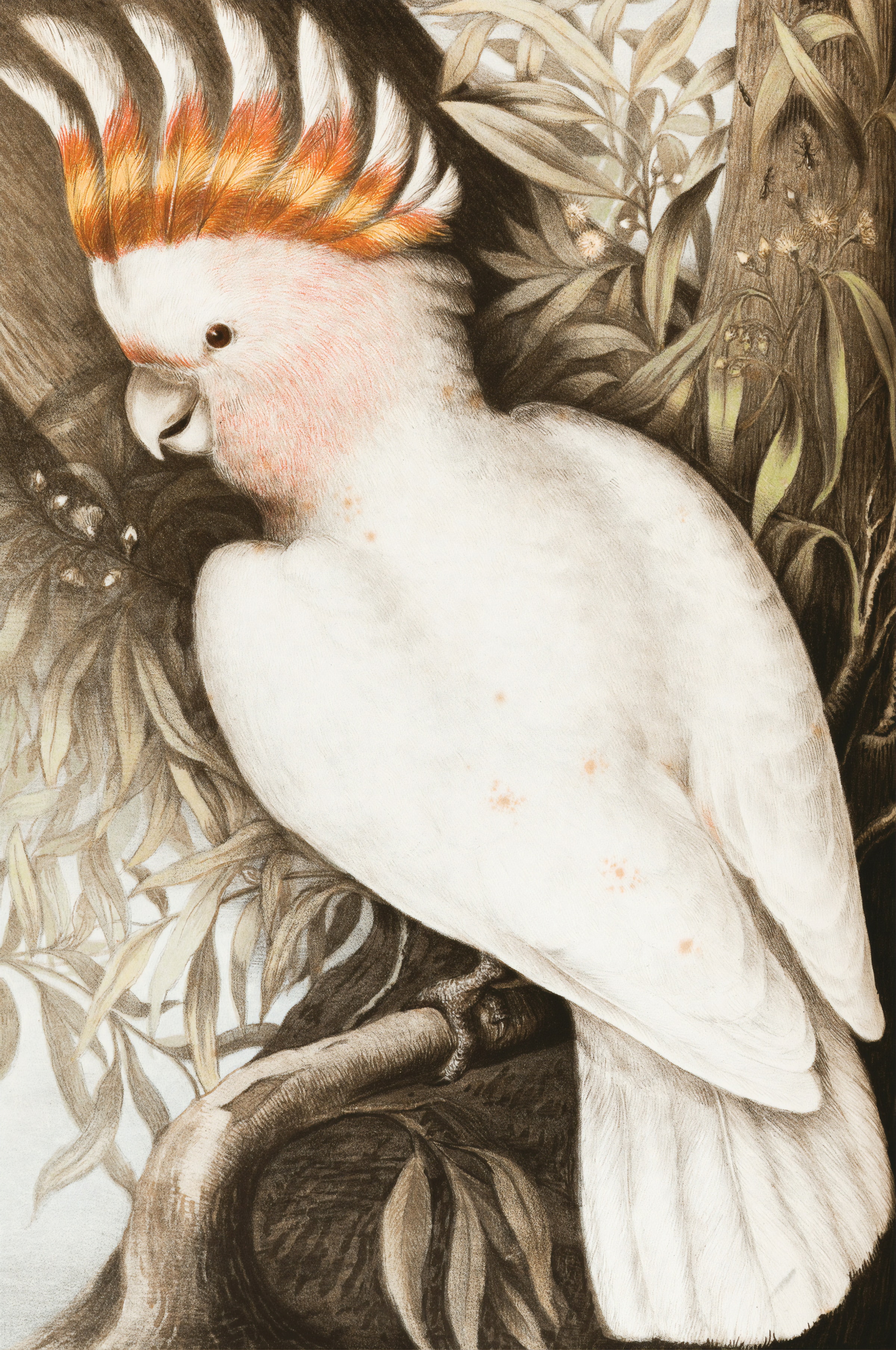Australian Regional Literary History: Rethinking Limits and Boundaries
Keywords:
regional, literary historyAbstract
This paper emerges from a panel discussion at the ‘Texts and Their Limits’ conference (2021) between four scholars in the field of Australian regional literary history to consider its current concerns, practices and relationship to the frameworks of Australian literary studies. The panel flagged a renewal of regional literary scholarship in Australia through exploration of the panelists’ own projects and collaborations in regional and rural Victorian and Western Australian communities. Drawing on their reflections on the doing of regional literary history, the conversation canvassed the distinct qualities of contemporary regional Australian literary scholarship; the role of place, situated practice and community engagement in this field; and the implications for the regional literary studies of the always unsettled boundaries and status of the ‘region’ in Australian life. Following the original panel event, this paper discusses questions such as: what is regional literary history, where is it going, and what are limits?
References
Bennett, Bruce, The Literature of Western Australia, Perth: University of Western Australia, 1979.
Bennett, Bruce, John Hay and Susan Ashford, Western Australian Literature: A Bibliography, Melbourne: Longman Cheshire, 1981.
Benterrak Kim, Stephen Muecke and Paddy Roe, Reading the Country: Introduction to Nomadology, Fremantle: Fremantle Arts Centre Press, 1984.
Biggs, Iain. ‘Deep mapping as an essaying of place’. [Illustrated talk] Bartlett School of Architecture, UCL, London, 9 July 2010.
Blair, Ruth, ‘Figures of Life: Beverly Farmer’s The Seal Woman as an Australian Bioregional Novel’ in Cherly Glotfelty, Karla Armbruster and Tom Lynch (eds.), The Bioregional Imagination: Literature, Ecology and Place, Athens: University of Georgia Press, 2012, 164-180.
Buckridge, Patrick and Belinda McKay (eds.), By the Book: A Literary History of Queensland, St Lucia: University of Queensland Press, 2007).
Carter, Paul, Ground Truthing: Explorations of A Creative Region, Crawley, WA: UWA Press, 2010.
Gelder, Ken and Paul Salzman, The New Diversity: Australian Fiction 1970-88, Melbourne: McPhee Gribble, 1989.
Henningsgaard, ‘The Decline of Regionalism in Australian Literature and Culture’, Antipodes, 21(1): 2007, 53-59.
—. ‘Regional Literature and “The Liminal”: Exploring the Spaces In-Between National and International Literatures’, Limina, 13(2): 2007, 12-19.
Lamond, Julieanne, ‘Zones of Connection: Common Reading in a Regional Australian Library’ in Frank Felsenstein, Kenneth R. Hall, James J Connnolly, Patrick Collier and Roger G. Hall (eds.), Print Culture Histories Beyond the Metropolis, Toronto: University of Toronto Press, 2016, 27-38.
McCredden, Lyn, The Fiction of Tim Winton: Earthed and Sacred, Sydney: Sydney University Press, 2016.
Morgan, Patrick, Foothill Farmers: The Literature of Gippsland, Ensay: Ngarak Press, 1986.
Nolan, Maggie and Janeese Hennaway, ‘Decolonizing Reading: The Murri Book Club’, Continuum, 6(31): 2017, 791-801.
Pearson, Mike. and Shanks. Michael. Theatre/Archaelogy. London: Routledge. 2005
Stagg, Tony and Philip Mead, ‘A Place in Stories: A Report on the Literature of Tasmania Subset of the AustLit Database’ in Katherine Bode and Robert Dixon (eds.), Resourceful Reading:The New Empiricism, eResearch and Australian Literary Culture, Sydney: Sydney University Press, 2007, 315-24.
Taylor, Cheryl, ‘Staking a Claim: Eight Mount Isa Novels’, Queensland Review, 20(1): 2013, 96-109.
Downloads
Published
Issue
Section
License
The copyright for articles in this journal is retained by the author(s), with first publication rights granted to the journal. By virtue of their appearance in this open access journal, articles are free to use with proper attribution in educational and other non-commercial sectors.Attribution-NonCommercial-ShareAlike 2.1 Australia
This work is licensed under the Creative Commons Attribution-NonCommercial-ShareAlike 2.1 Australia License. To view a copy of this license, visit http://creativecommons.org/licenses/by-nc-sa/2.1/au/ or send a letter to Creative Commons, 543 Howard Street, 5th Floor, San Francisco, California, 94105, USA.

